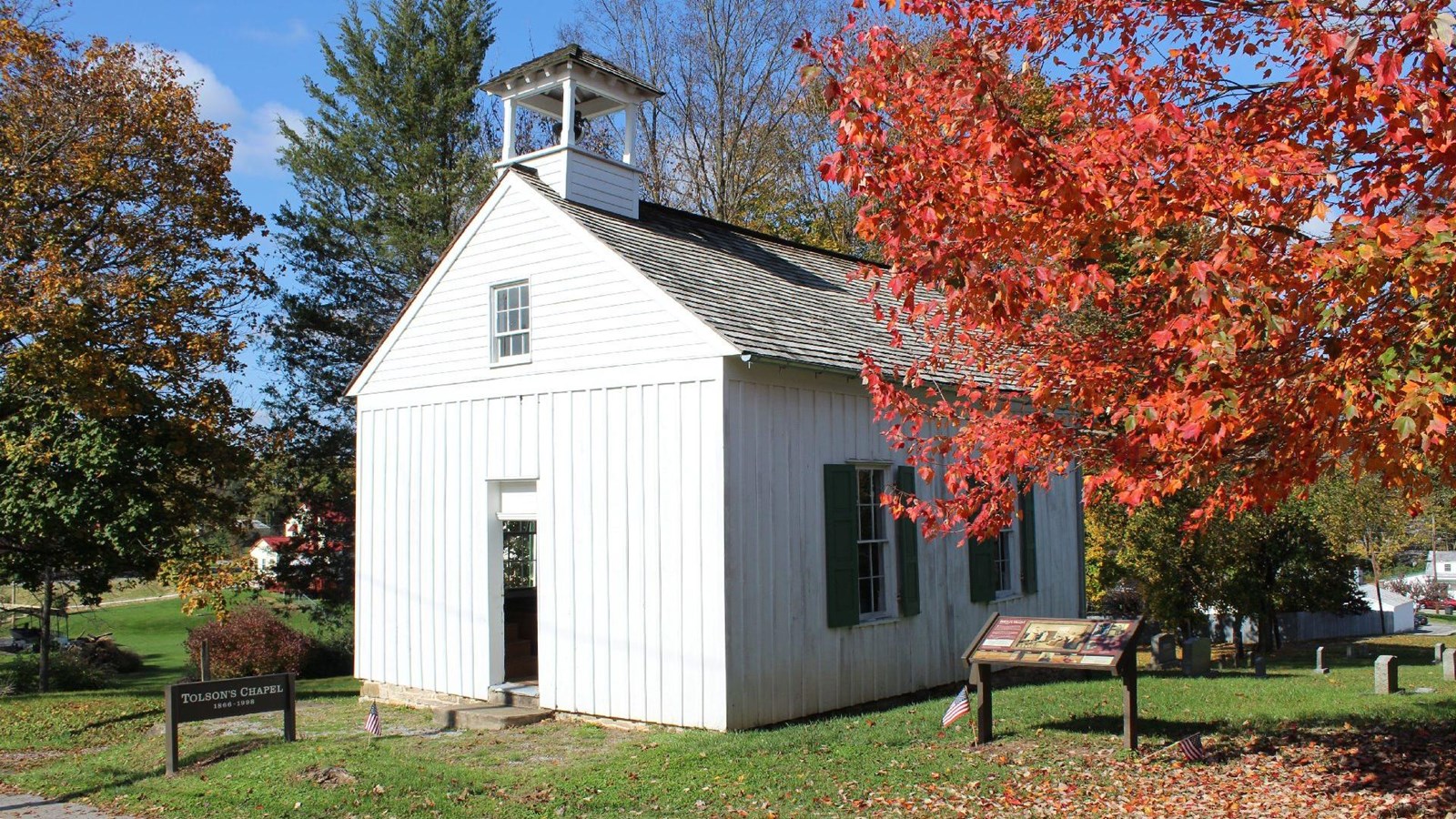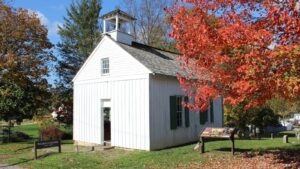
The C&O Canal is a great place to experience history! Visitors can learn about the construction of the canal in the mid-nineteenth century, the fierce competition between the C&O Canal and the B&O Railroad, and even experience life as a lock keeper with an overnight stay in a historic lockhouse through the Canal Quarters Program. But the C&O Canal is also a great place to learn about African American history in the region. There are many historic churches, communities, and heritage sites along the canal that preserve the African American experience in the 19th and 20th centuries.
You can also learn more about the African American experience on the C&O Canal through the C&O Canal Trust’s award-winning history project on African American Civilian Conservation Corps (CCC) camps. The Trust and the Park worked with a historical consultant who researched and wrote a series of articles about life as a CCC member, which you can read here.
During your next visit to the canal, think about adding one of these historic African American sites to your itinerary.
- St. Paul Community Church (formerly Sugarland Forest Methodist Episcopal Church) – Poolesville, MD
Nestled in the Canal Town of Poolesville, this historic church is the remainder of the once-thriving African American community of Sugarland. In 1871, former enslaved people purchased land to build an African American church, school, and burial ground. After the original church structure burned down, it was rebuilt in 1893. By 1900, the community included 200 acres of land, about 40 African American families, and a post office, store, and community hall. The men of the town worked at the nearby Seneca Quarry as well as the C&O Canal. The school was in use from 1880 to 1925, and the cemetery has over 200 grave sites with dates ranging from the 1870’s to the present. In 1995, interest in preserving the history of the community was renewed when descendants of the founding families created the Sugarland Ethno-History Project, which now offers tours of the church and community.
- Warren Historic Site – Dickerson, MD
Located off of White’s Ferry Road in Dickerson is the Warren Historic Site, the center of the historic African American community of Martinsburg. The site is comprised of three structures: the Warren United Methodist Church, a one-room schoolhouse, and the Loving Charity Lodge Hall. After the Civil War, Martinsburg’s newly-freed African Americans established their own congregation in 1866 about a mile away from the current Warren Historic Site buildings. The church was moved to its current location in 1876 and was replaced with a new building in 1903. A decade after the church was established, the Martinsburg Negro School was built and remained in use until 1939. The Loving Charity Lodge Hall was built in 1914 and served as a venue for community events. The Warren Historic Site is maintained by the Warren Historic Site Committee, and you can read more about the site here.
- Brunswick Heritage Museum – Brunswick, MD
The Brunswick Heritage Museum preserves the history of the Town of Brunswick and the B&O Railroad, with special exhibits highlighting the contributions of African Americans to the construction of the railroad. The museum also houses the C&O Canal Brunswick Visitor Center, where you can learn more about the relationship between the canal and railroad.
- Tolson’s Chapel – Sharpsburg, MD

Tolson’s Chapel
Photo by NPS
Just steps away from Antietam National Battlefield, Tolson’s Chapel played an important role in the history of post-Civil War Sharpsburg. Shortly after the war, the chapel became the site of a Freedmen’s Bureau school funded by the local African American community. In April of 1868, the school admitted its first eighteen students, many of whom had been freed from slavery only a few years earlier. The chapel was built in 1866 on land donated by an African American couple. The chapel became a focal point of the African American community in Sharpsburg, and many distinguished community members and Civil War veterans are buried in the adjoining cemetery. Tolson’s Chapel is no longer a functioning church, but is preserved by the Friends of Tolson’s Chapel, a local historical organization. Read more about the history of Tolson’s Chapel here.
- Emmanuel Parish – Cumberland, MD
The tunnels under this historic church in Cumberland served as an important route to freedom for many escaped enslaved people. Reverend David Hillhouse Buel, already an active participant in the Underground Railroad, came to Emmanuel Parish in 1847. Throughout the 1850s, he helped smuggle several enslaved people across the Mason-Dixon line, using the network of underground tunnels beneath the parish. Escaped enslaved people following the C&O Canal hid out in the Shanty Town section of Cumberland at the canal’s terminus awaiting the signal for their next move. The parish communicated to the escaped enslaved people that it was safe to move by ringing the church bell in a coded way. Escapees were then brought to the parish where they were given a safe place to rest and eat before moving on. Emmanuel Parish was the final southern stop for many escaped enslaved people before entering the North. Read more about the story of Emmanuel Parish here.





